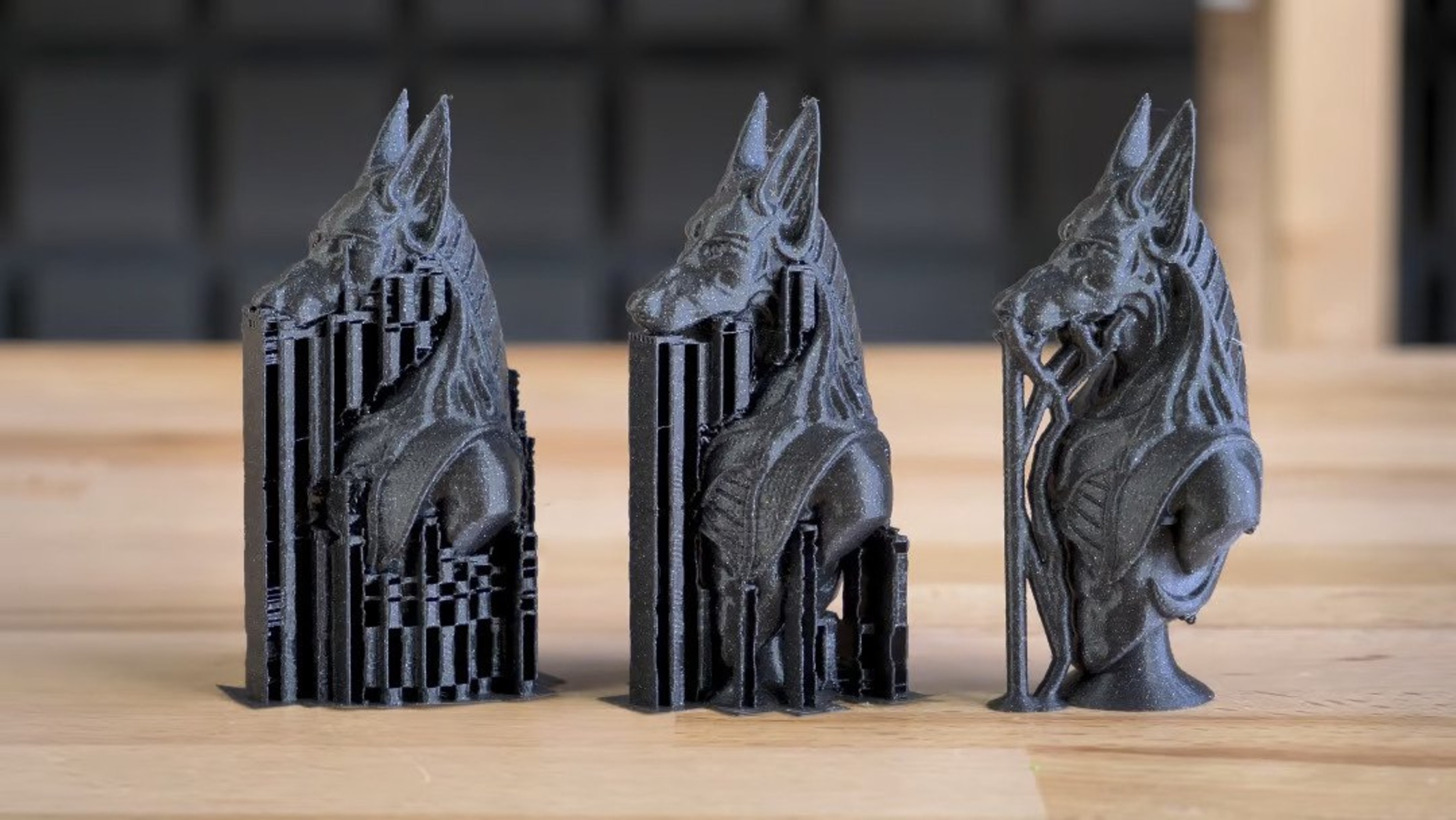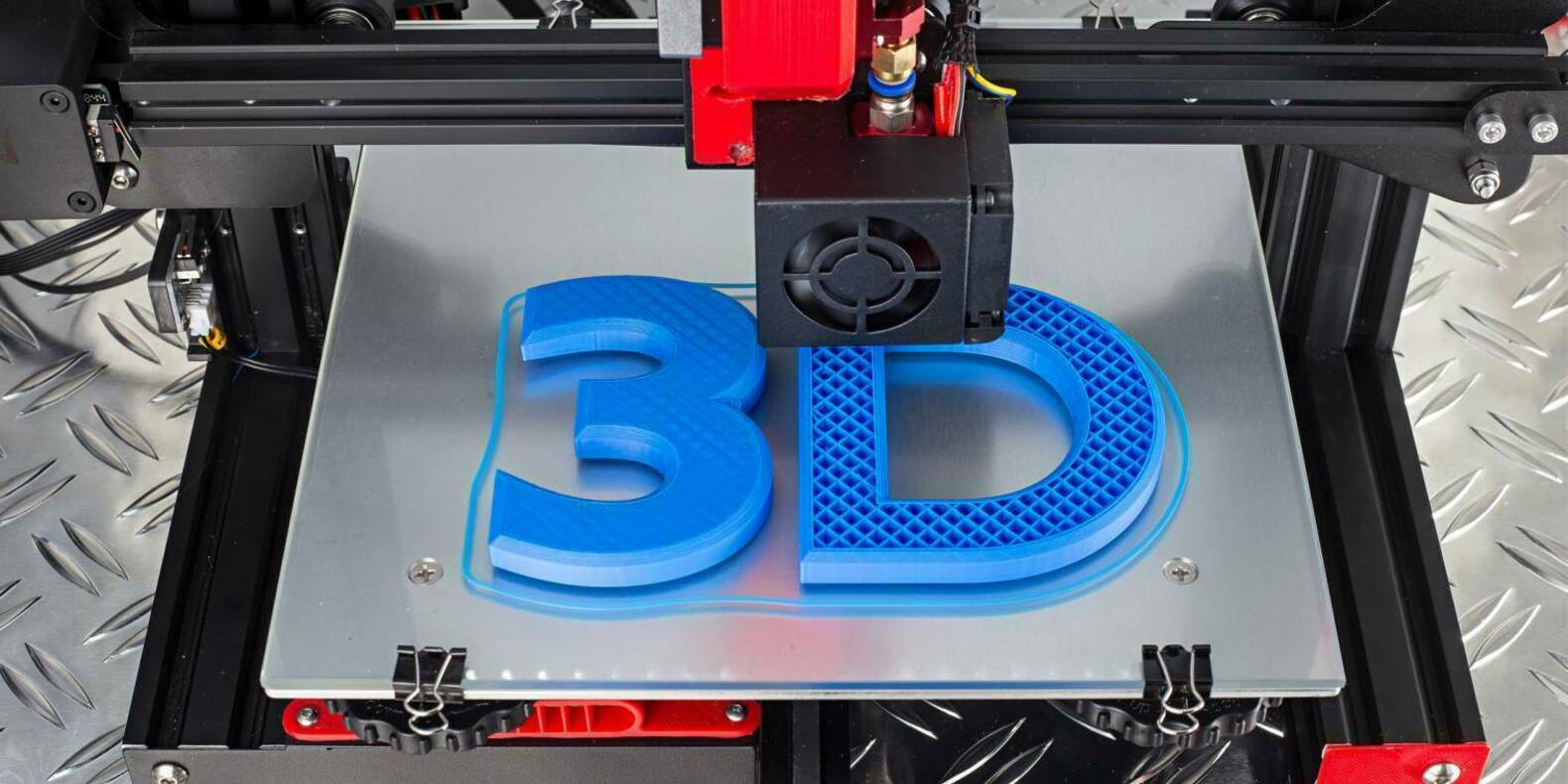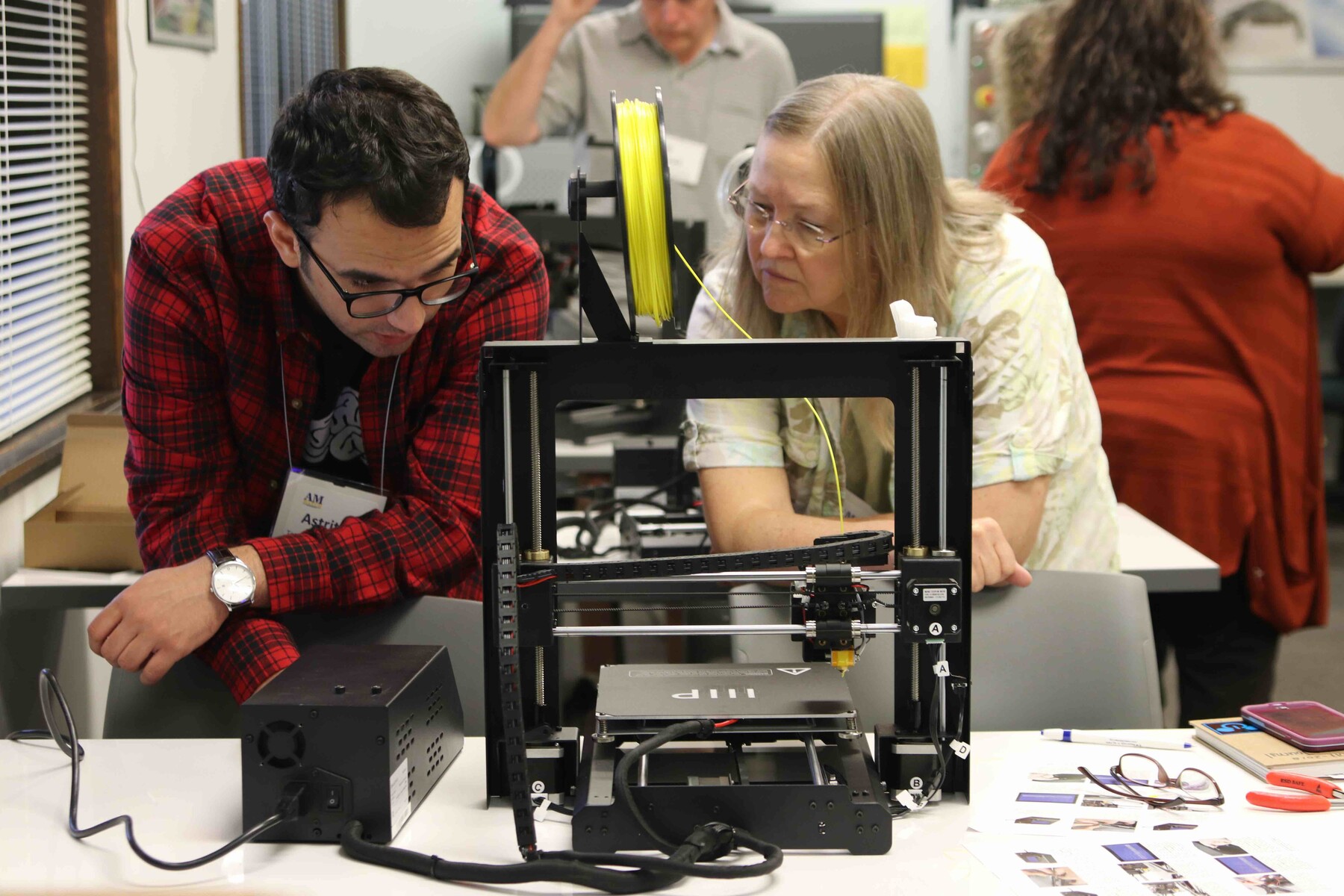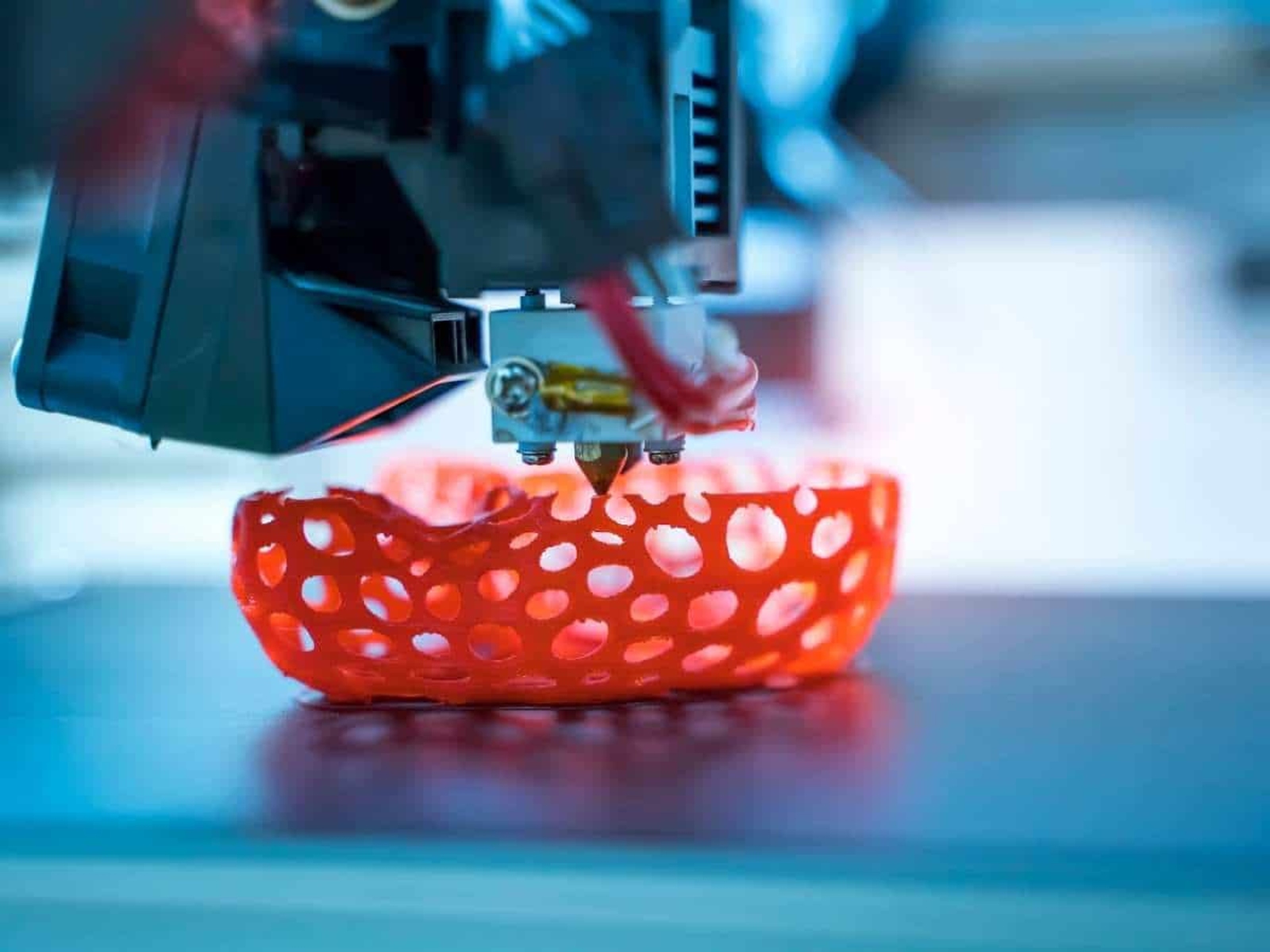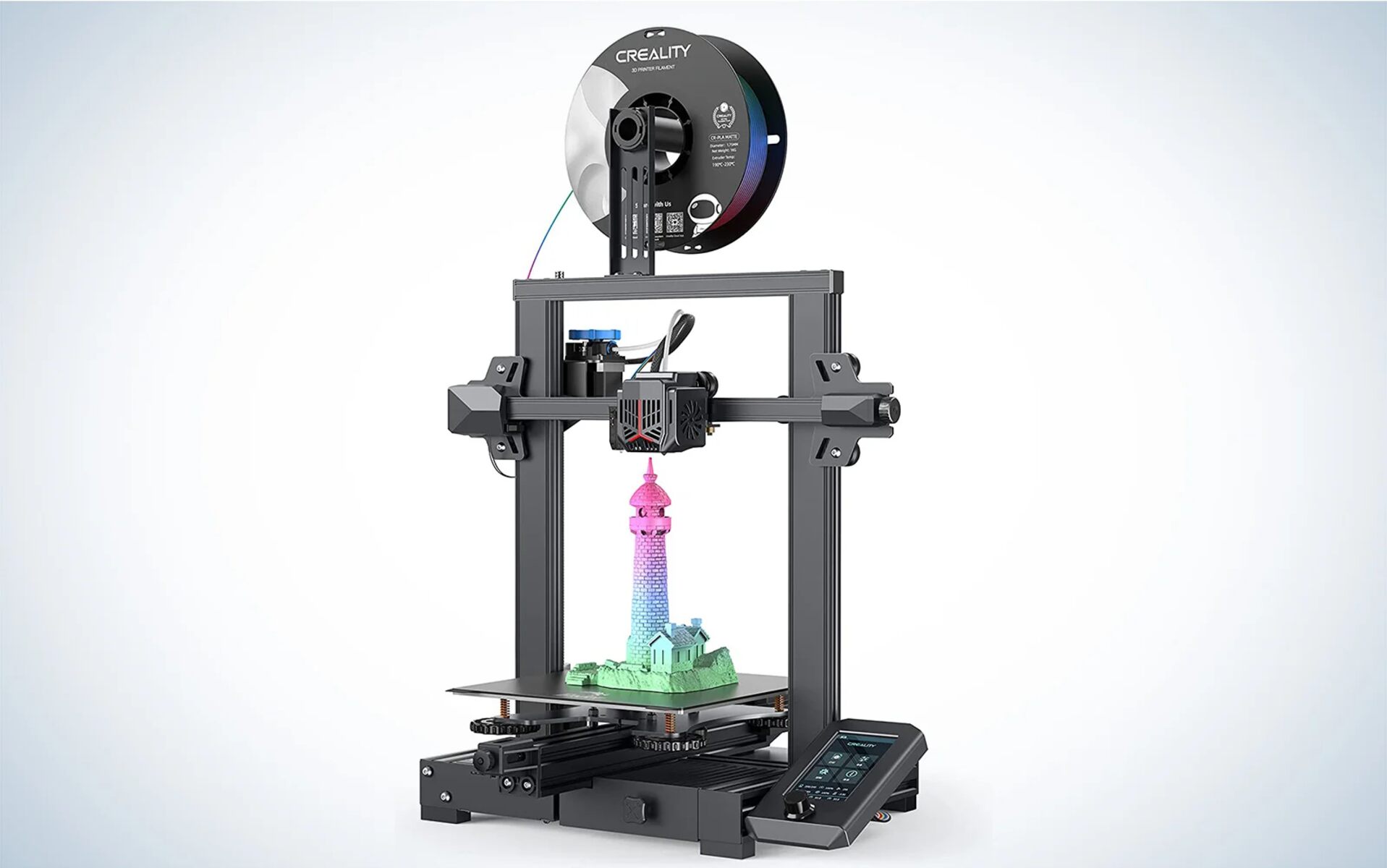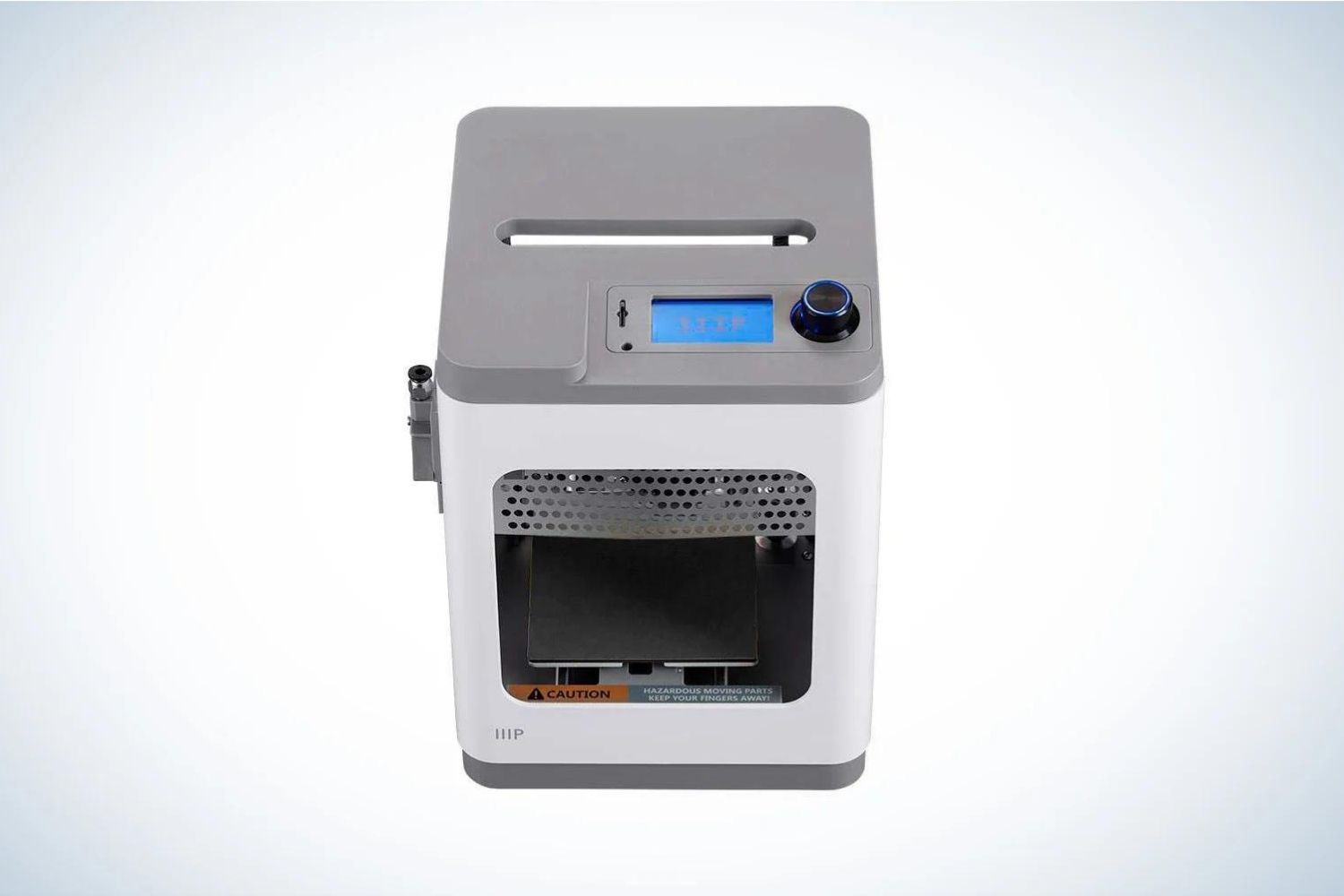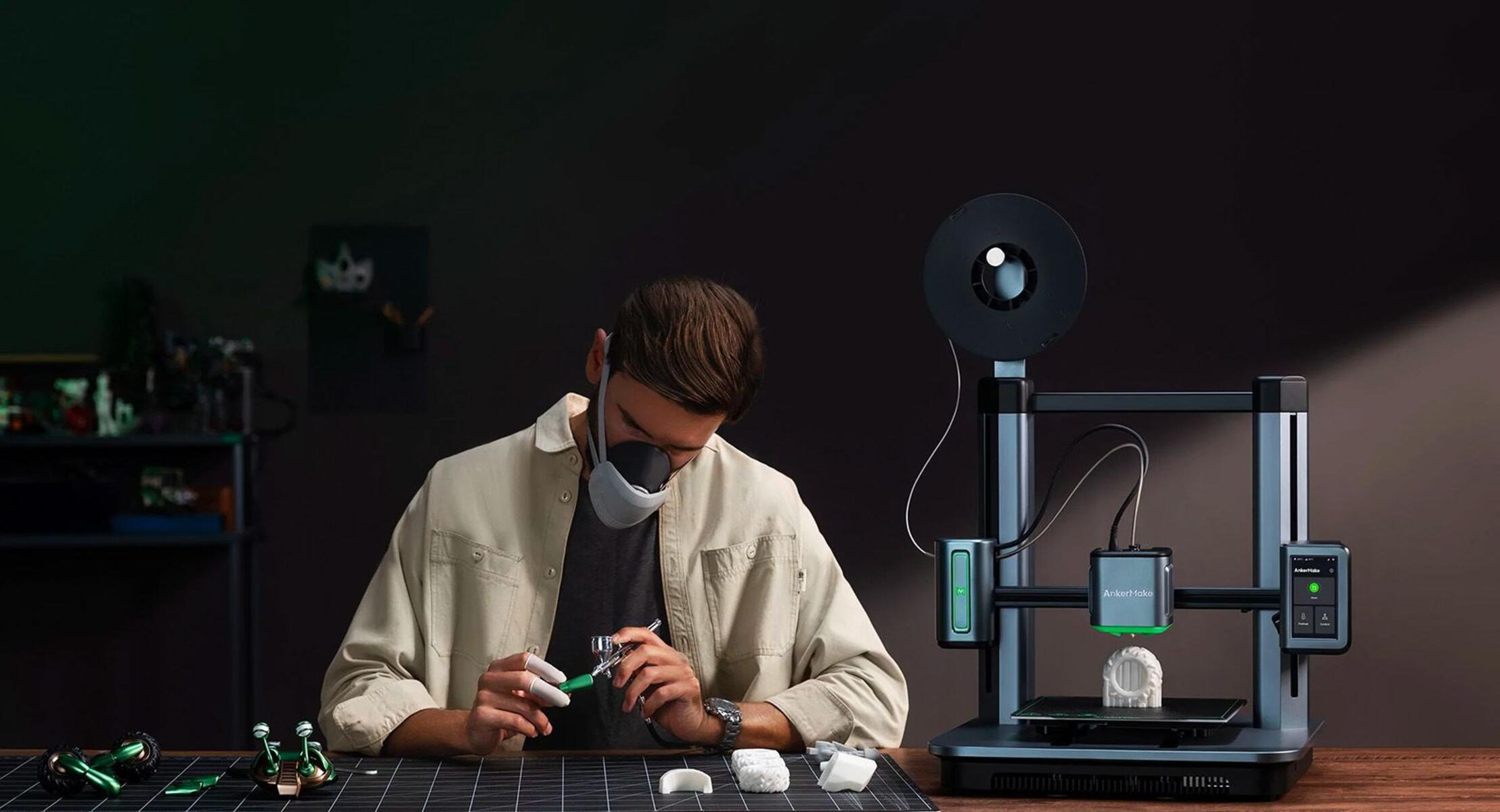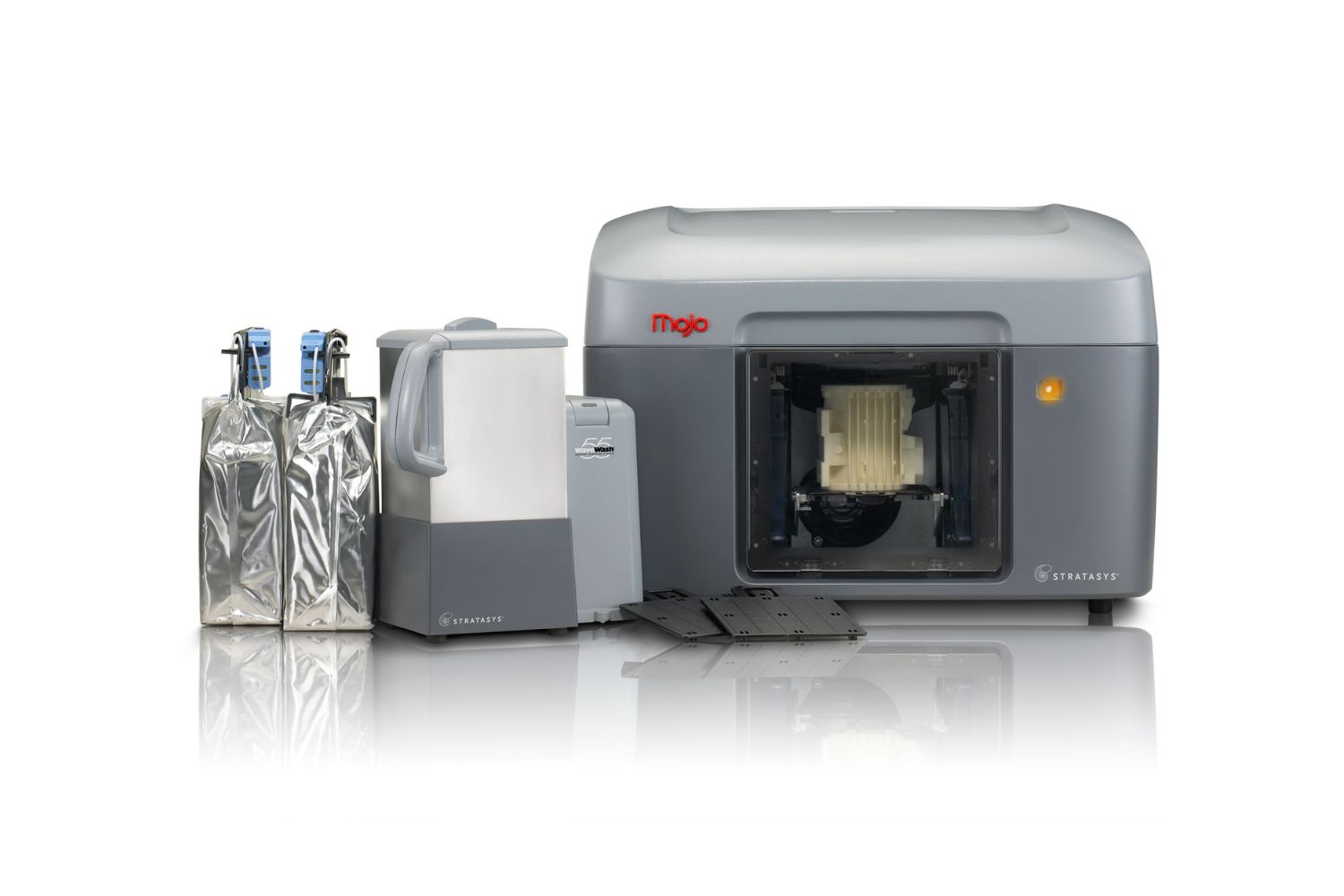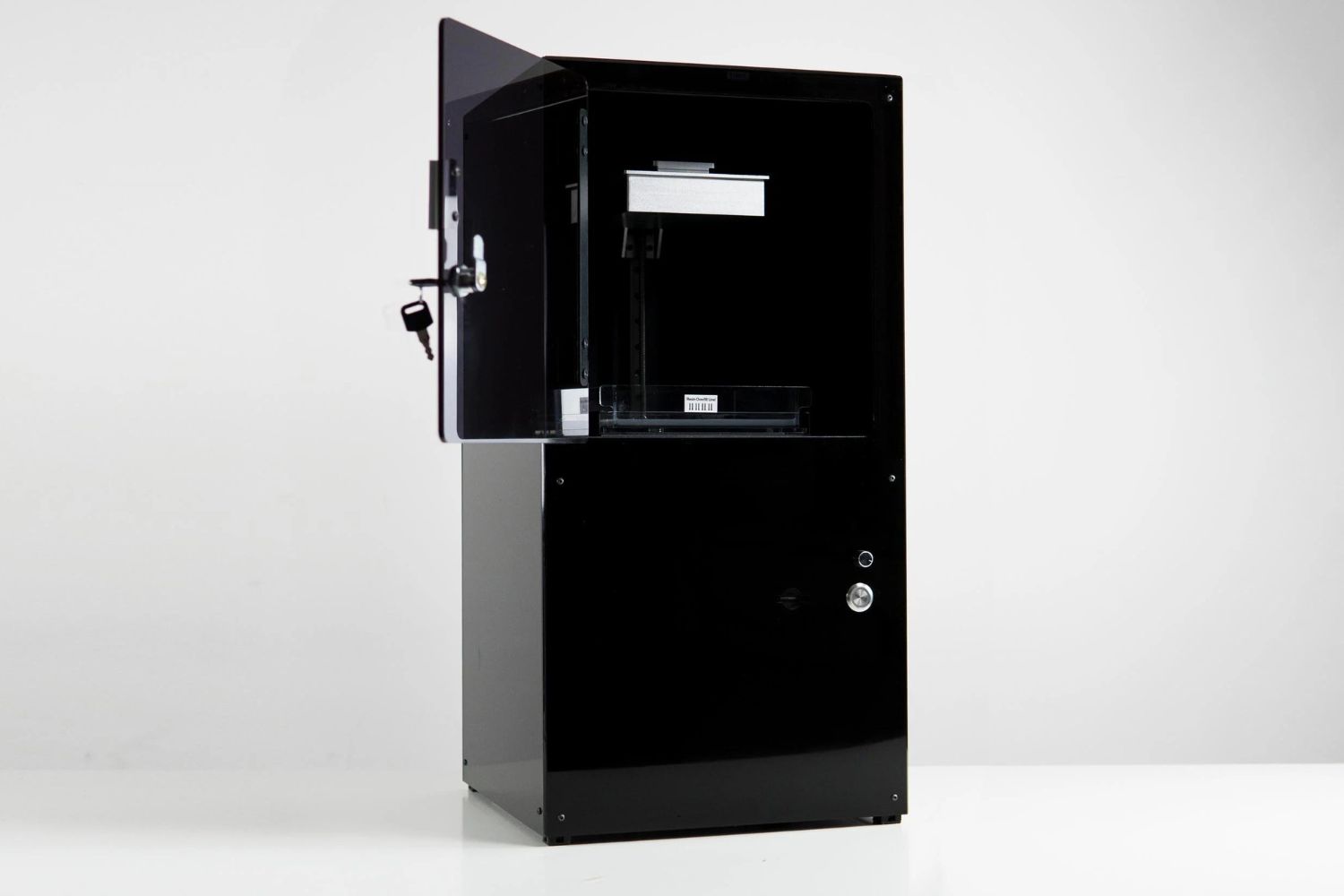Introduction
3D printing has revolutionized the way we create and manufacture objects, allowing us to bring our imaginings to life with precision and accuracy. However, certain designs and structures may require additional support during the printing process to ensure the success and stability of the final output.
In this article, we will explore the importance of supports in 3D printing and how to effectively implement them. Whether you’re a beginner just getting started with 3D printing or an experienced user looking to improve your print quality, understanding the role and application of supports is crucial.
Supports serve as temporary structures that hold up overhanging or intricate features in a 3D model while it is being printed. Without proper supports, these delicate areas may sag, deform, or even collapse during the printing process, resulting in a failed print.
By providing additional stability and reinforcement, supports enable the printer to successfully create complex geometries and intricate designs that would otherwise be impossible. They are especially essential for designs with overhangs, bridging gaps, or complex interlocking shapes.
Additionally, supports help prevent issues such as warping, layer shifting, and stringing, offering better print quality and maintaining the dimensional accuracy of the printed object. This is particularly crucial when working with materials like ABS or nylon, which are more prone to warping and require adequate support structures.
Understanding the different types of supports available and how to optimize their settings is essential for achieving successful prints. In the following sections, we will delve into the various types of supports, discuss the factors to consider when choosing the right support settings, and provide guidance on how to add supports to your 3D models using slicing software.
By implementing supports effectively, you can overcome the challenges associated with complex designs and produce high-quality prints that accurately reflect your vision. Let’s dive in and explore the world of supports in 3D printing!
Why supports are needed in 3D printing
In 3D printing, supports play a crucial role in ensuring the success and integrity of the printed object. There are several reasons why supports are needed in the 3D printing process:
1. Overhangs and bridges: In many 3D designs, there are features such as overhangs and bridges that cannot be printed without something to support them. These structures defy the principles of gravity and can result in a failed print if not properly supported. Supports act as scaffolding, holding up these areas during printing to ensure their stability and prevent sagging or deformation.
2. Complex geometries: Some 3D models have intricate and complex geometries with internal voids or interlocking parts. These designs cannot be printed in a single layer and require supports to hold up sections of the model as it builds up layer by layer. Supports provide stability and prevent collapse during the printing process, allowing the printer to accurately recreate the desired design.
3. Material limitations: Certain 3D printing materials, such as ABS or nylon, are prone to warping and have specific temperature requirements during the printing process. Supports help to reduce warping by providing additional anchoring points for these materials. With proper supports, the printed object is less likely to detach from the build platform and maintain its dimensional accuracy.
4. Enhanced print quality: Supports contribute to improved print quality by minimizing issues like stringing, which can occur when the printer moves across open spaces. By adding supports, the printer has a stable base to work from, reducing the likelihood of stringing and resulting in cleaner, more precise prints.
5. Balance and weight distribution: Supports help distribute the weight of the printing material evenly, ensuring that the printed object does not become imbalanced or topple over during the printing process. This is particularly crucial for taller or vertically oriented designs.
6. Accessibility to complex designs: By utilizing supports effectively, 3D printing opens up possibilities for more intricate and complex designs. Supports enable the realization of structures that would be challenging or impossible to create with traditional manufacturing methods.
Overall, supports are vital in 3D printing for maintaining stability, enhancing print quality, and enabling the realization of complex designs. The careful implementation of supports ensures successful prints that accurately capture the intended vision. In the following sections, we will explore the various types of supports available and guide you on how to choose the right support settings for your 3D prints.
Types of supports in 3D printing
When it comes to 3D printing, there are several types of supports available that serve different purposes based on the design and requirements of your print. Let’s explore some of the most commonly used types:
1. Tree supports: Tree supports are widely used in 3D printing and resemble branching structures that extend from the build platform to support overhangs. They consist of thin, interconnected stems that gradually taper and provide stability while minimizing material usage. Tree supports are easy to remove after printing, as they have fewer contact points with the printed object.
2. Grid supports: Grid supports are composed of a network of thin, straight support lines that form a crisscross pattern. This type of support is ideal for designs with larger overhangs or intricate geometries that require more substantial support. Grid supports offer good stability during printing but may leave visible marks on the printed object, which may require some post-processing.
3. Pillar supports: Pillar supports are vertical columns that provide strong and stable support for overhangs or areas that require reinforcement. They are commonly used when printing taller structures or designs with extended overhangs. Pillar supports are durable and less prone to bending during the printing process, resulting in more accurate prints.
4. Dense supports: Dense supports are solid structures that offer robust support for intricate features or areas with complex geometries. They are often used when dealing with delicate or fine details, preventing them from collapsing during the printing process. While dense supports provide excellent stability, they can be more challenging to remove and may leave marks or blemishes on the printed object.
5. Custom supports: Some slicing software allows users to manually add or modify supports according to their specific needs. Custom supports are useful when dealing with unique or complex designs that require tailored support structures for optimal printing. This level of control allows for precise support placement and can result in better print quality and reduced post-processing.
It’s important to note that different 3D printers and slicing software may have variations in the available support types or features. When choosing the most suitable support type, consider the design complexity, overhang angles, material properties, and desired print quality.
Now that we’ve explored the various types of supports in 3D printing, let’s delve into the process of choosing the right support settings to ensure successful prints.
Choosing the right support settings
When it comes to 3D printing, choosing the right support settings is crucial to achieve successful prints with optimal quality. Here are some factors to consider when configuring your support settings:
1. Support material: The first step is to choose the material for your supports. Typically, the same material as the main print is used for supports, but some printers offer dissolvable support materials that can be easily removed by soaking the printed object in a specific solution. Consider the material properties, availability, and ease of removal when selecting the support material.
2. Support density: The density of supports refers to the amount of material used to create them. Higher support densities provide better stability but may leave more visible marks or require more effort to remove. Conversely, lower support densities use less material and are easier to remove but may compromise the stability of the print. Strike a balance between support density and the desired finish of your print.
3. Support angle: The support angle determines the angle at which supports are generated. It’s important to consider the overhang angle of your design, as supports should be angled to adequately support and minimize material usage. Steeper angles may require more supports, while more shallow angles may result in inadequate support and potential sagging or deformities.
4. Support placement: The placement of supports is crucial to provide the necessary support while minimizing interference with the main print. Avoid placing supports in critical or visible areas, as they may leave blemishes or require more post-processing. Additionally, consider the accessibility for support removal when positioning them in your design.
5. Support interface layers: Support interface layers are thin layers printed between the support and the main object. These layers enhance adhesion and prevent the supports from fusing with the main print. Adjusting the number of interface layers can help achieve a smoother surface finish on the supported areas of the print.
6. Support Z-gap: The Z-gap refers to the distance between the print and the support structures. A smaller Z-gap improves support adhesion but may make support removal more challenging, while a larger Z-gap can result in weaker support attachment. Finding the right balance is important for successful support utilization.
Experimentation and fine-tuning may be required to find the ideal support settings for your specific print. It’s recommended to print test pieces with varying support settings to assess their impact on the final result and make adjustments accordingly.
By carefully selecting and configuring your support settings, you can ensure that your 3D prints have the necessary stability and quality while minimizing post-processing efforts. In the next section, we will discuss the preparation of your 3D model before adding supports in slicing software.
Preparing your 3D model for supports
Before adding supports to your 3D model, proper preparation is key to ensure optimal support placement and printing success. Here are some essential steps to follow when preparing your 3D model:
1. Check for overhangs and angles: Carefully examine your 3D model and identify areas with overhangs or steep angles that will require support structures. Make note of these areas to ensure accurate support placement later.
2. Orient the model: Consider the orientation of your model on the build platform. Positioning the model in a way that minimizes overhangs or places them in less critical areas can reduce the need for extensive supports. Experiment with different orientations to find the optimal position for your print.
3. Add fillets and chamfers: To improve the printability of your model, consider adding fillets or chamfers to sharp edges or corners. This helps reduce the steepness of angles, thus minimizing the need for extensive supports and improving the overall stability of the print.
4. Hollow structures: If your design allows for it, consider creating hollow structures with adequate wall thickness. This reduces the amount of material needed for the print and can lead to faster printing times and easier support removal.
5. Use support blockers: Some slicing software allows for the use of support blockers, which can be placed strategically to prevent supports from being generated in specific areas. This is particularly useful when supports would interfere with moving parts or when you want to maintain a pristine surface finish in certain regions of your print.
6. Fix model errors: Before adding supports, make sure to address any errors or issues in your 3D model. Check for non-manifold geometry, overlapping surfaces, or other mesh errors that could result in printing problems. Repair any issues using 3D modeling software or online repair tools to ensure a clean and printable model.
By properly preparing your 3D model for supports, you can optimize the support placement and minimize the need for extensive support structures. This leads to improved print quality and makes the support removal process more manageable.
Now that your model is ready, it’s time to delve into the process of adding and fine-tuning supports in slicing software. In the next section, we will guide you through the steps of adding supports to your 3D model.
How to add supports in slicing software
Once you have prepared your 3D model, the next step is to add supports using slicing software. Slicing software allows you to specify support settings and generate the necessary support structures. Here’s a general guide on how to add supports in slicing software:
1. Import your model: Open your 3D model file in the slicing software of your choice. Ensure that the model is correctly scaled, oriented, and positioned on the build platform.
2. Enable supports: Locate the support settings in the slicing software and enable them. This may involve toggling a switch or checkbox to turn on support generation.
3. Adjust support settings: Fine-tune the support settings based on your specific requirements. This may include selecting the support type (tree supports, grid supports, etc.), adjusting support density, setting the support angle and Z-gap, and specifying the number of support interface layers.
4. Position supports: In the slicing software, the support structures are automatically generated based on the overhangs and angles of your model. Take a close look at the generated supports and ensure that they are placed correctly and do not interfere with critical areas or desired surface finishes. If needed, manually adjust the support placement or use support blockers to prevent supports from being generated in specific regions.
5. Preview the print: Before saving the sliced file, take advantage of the slicing software’s preview function. This allows you to visualize the supports and the overall print. Use this opportunity to inspect the supports, check for any potential issues, and make any necessary adjustments.
6. Save and export the sliced file: Once you are satisfied with the support placement and previewed the print, save the sliced file in the appropriate format (such as G-code) to be used by your 3D printer. Make sure to review any additional printer-specific settings and configurations, such as printing temperature and print speed.
Remember that the user interfaces and support settings may vary across different slicing software platforms. It’s important to familiarize yourself with the specific capabilities and features of the software you are using and refer to the software’s documentation or support resources if needed.
By following these steps and utilizing the features of your chosen slicing software, you can effectively add supports to your 3D model and optimize the printing process for successful and high-quality prints.
In the next section, we will explore how to fine-tune support settings for optimal results.
Fine-tuning support settings for optimal results
Once you have added supports to your 3D model, it’s important to fine-tune the support settings to achieve the best possible print quality. Here are some tips for optimizing your support settings:
1. Evaluate support density: Experiment with different support densities to find the right balance between stability and ease of support removal. Increasing the support density provides better support but may result in more visible marks on the printed object. Lowering the density can make support removal easier but could compromise the stability of overhangs.
2. Consider the support interface layers: Adjust the number of support interface layers, which are thin layers printed between the support and the main object. More layers can improve adhesion, making support removal cleaner, but it may also affect the visual finish of the supported areas.
3. Fine-tune the support angle: Depending on the print, adjusting the support angle can have a significant impact on the quality of the final result. Experiment with different angles to find the optimal balance between material usage and support stability. Steeper angles may require more supports, while shallower angles may lead to insufficient support.
4. Optimize the Z-gap: The Z-gap is the distance between the print and the support structures. Finding the right Z-gap is vital as it affects the attachment strength of the supports. Experiment with different Z-gap values to improve adhesion without compromising easy removal or damaging the main print.
5. Evaluate the need for custom supports: In some cases, predefined support structures may not provide optimal results. Consider manually adding or modifying supports using the slicing software’s custom support features. This allows for greater control over support placement and can result in better print quality, especially for complex geometries or specific design requirements.
6. Test and iterate: Fine-tuning support settings often involves experimentation and iterative testing. Consider printing a small test piece with varying support settings to evaluate the impact on print quality, support removal, and overall stability. Analyze the results and make adjustments accordingly to achieve the desired outcome.
Remember that the optimal support settings may differ based on various factors such as the complexity of the design, the material being used, and the capabilities of your 3D printer. Therefore, it’s essential to familiarize yourself with the capabilities and limitations of your specific printer and slicing software.
By carefully fine-tuning your support settings, you can enhance the quality and integrity of your 3D prints. Once you have achieved optimal results, you can move on to the final step of removing the supports post-printing.
In the next section, we will discuss the process of removing supports from your 3D prints.
Removing supports post-printing
After successfully printing your 3D object with supports, the next step is to remove the support structures while ensuring the integrity and finish of the final print. Here are some guidelines to follow when removing supports:
1. Cool down the print: Allow the printed object to cool down completely before attempting to remove the supports. This helps prevent any deformation or damage to the print caused by handling it while it’s still warm.
2. Assess the support attachment points: Carefully inspect the support attachment points on the print to determine the best approach for removal. Identify areas where the supports are firmly attached and areas where they may be more easily detached.
3. Use appropriate tools: Depending on the material used for printing and the type of supports, different tools may be required for support removal. Common tools include needle-nose pliers, flush cutters, or special support removal tools that are designed to minimize damage to the print surface.
4. Start with the easily detachable supports: Begin by removing the supports that are less attached or have a smaller contact area with the print. This allows you to build confidence and get a feel for the proper technique without risking damage to the print.
5. Take it slow and steady: Remove the supports using gentle and controlled movements. Avoid applying excessive force or twisting motions that could cause unintended damage to the print. Gradually work your way through each support attachment point, freeing the print from the support structures one by one.
6. Minimize visible marks: While some marks or blemishes can be expected after support removal, take care to minimize visible marks by using appropriate tools and techniques. For example, using flush cutters to trim away supports close to the print surface can help reduce the need for excessive post-processing.
7. Post-processing if needed: Once the supports have been completely removed, evaluate the print for any remaining marks or imperfections. Depending on your desired finish, you may need to perform additional post-processing steps such as sanding, polishing, or utilizing solvents to achieve the desired surface quality.
8. Test and iterate: It’s important to evaluate the effectiveness of your support removal process and make any necessary adjustments for future prints. By continually refining your technique, you can improve the overall quality of your prints and minimize post-processing efforts.
Remember that support removal can vary depending on factors such as the type of supports used, the material of the print, and the complexity of the design. Take your time, be patient, and adjust your approach as needed to preserve the integrity and final finish of your 3D print.
With the supports successfully removed, you can now admire and enjoy your completed 3D print. In the final section, we will recap the importance of supports in 3D printing and highlight the key takeaways from this article.
Conclusion
In the world of 3D printing, supports are an essential component for achieving successful prints with complex designs and overhangs. They provide stability, prevent deformation, and enhance print quality by allowing the printer to recreate intricate geometries that would otherwise be impossible. By implementing supports effectively, you can overcome the challenges associated with unsupported overhangs, warping, and stringing.
In this article, we explored the importance of supports in 3D printing and discussed the various types of supports available, including tree supports, grid supports, pillar supports, dense supports, and custom supports. We also provided guidance on choosing the right support settings, such as support density, support angle, and support interface layers, to optimize the print quality and ease of support removal.
Additionally, we examined the process of preparing your 3D model for supports, including checking for overhangs, orienting the model, and fixing any model errors or issues. We then discussed how to add supports in slicing software and emphasized the need for fine-tuning support settings based on the specific requirements of your print. Finally, we outlined the steps involved in removing supports post-printing while minimizing any damage to the final print.
By understanding and effectively utilizing supports in 3D printing, you can unlock the potential to create intricate, complex, and visually stunning designs. So the next time you embark on a 3D printing project, remember the importance of supports and the steps to optimize their implementation. Happy printing!







